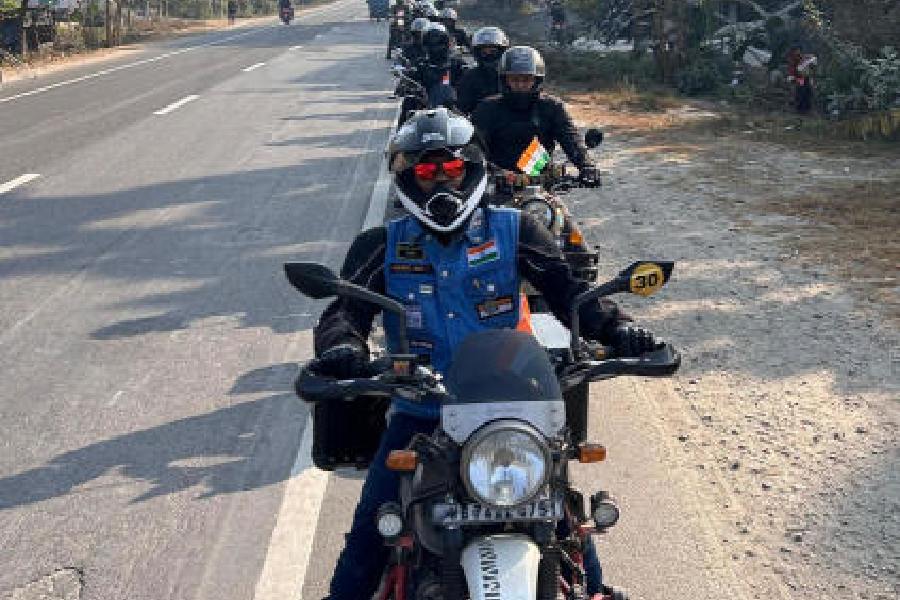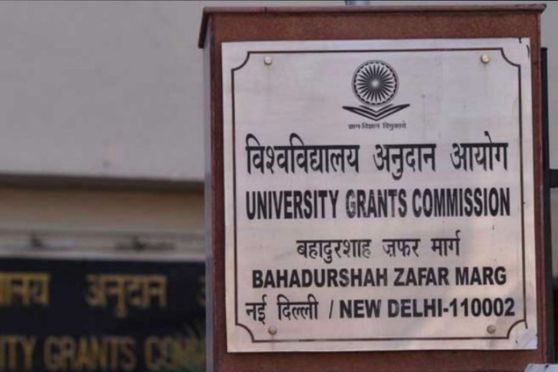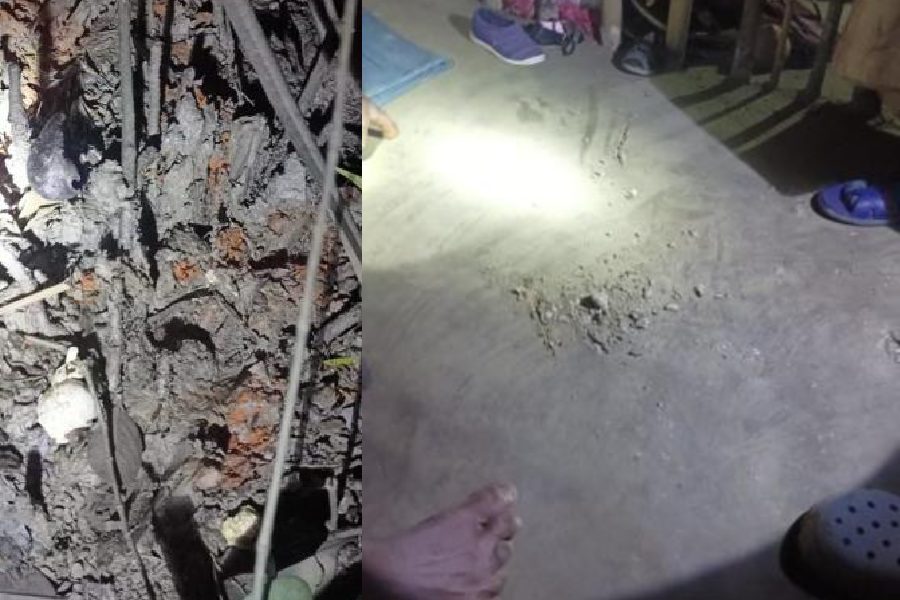The Northeast Frontier Railway (NFR) will install an intrusion detection system (IDS) in two more stretches along the Dooars rail tracks that connect the Alipurduar Junction and Siliguri Junction to save wild animals, especially elephants, from being hit by trains.
IDS is an AI (Artificial Intelligence) driven system that detects the movement of animals near the railway track. In case any animal reaches the track, it passes alerts to loco pilots of trains that are near the location, the station manager of the nearby station, and also the control room of the railway division concerned.
Sources in the NFR said that funds had been allotted and the tender process completed. Work will be initiated soon, they added.
“We expect the installation work in two stretches — Sevoke to Nagrakata and Madarihat to Alipurduar Junction — will be complete in a year,” said K.K. Sharma, the chief public relations officer of the NFR.
As of now, IDS exists along the 39.7km stretch between Madarihat and Nagrakata stations. The two new stretches are altogether around 95km long.
“So far, IDS has been installed across a length of 108km of track in the NFR zone, which includes the Madarihat-Nagrakata stretch. Now it will be installed along another distance of 413.3km of the zone, which includes major elephant corridors. A sum of ₹108.74 crore will be spent on the project,” said an official.
The Dooars tracks passes through several reserve forests and wildlife sanctuaries. These are wildlife habitats. Elephants, gaur and other animals have died after being dashed by trains.
The railways have taken the initiative to install this system for the safety of animals.
“There are similar stretches in Assam and the northeast where elephants have died. The IDS will be effective in curbing accidents in these zones,” Sharma added.
Those associated with wildlife conservation in the region have welcomed the initiative. Since 2002, following the conversion of the Dooars rail track from meter gauge to broad gauge, around 90 elephants have died after they were hit by trains.
“Such deaths have led to restriction in speed but on many occasions, especially during night hours or due to dense fog, train locos have dashed animals. This new system, we believe, will be of immense help for the loco pilots and the railways and will also help in the conservation of wildlife,” said Dip Narayan Talukdar, a conservationist based
in Siliguri.










